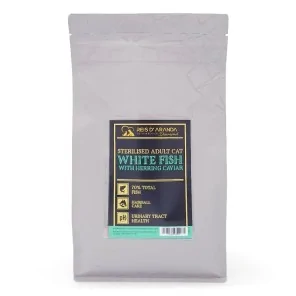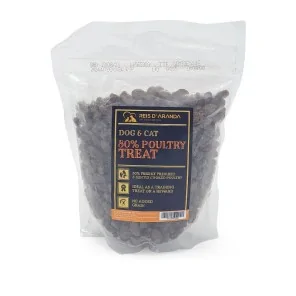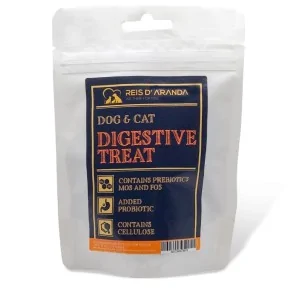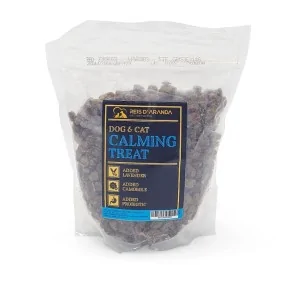Its name says it all: the Vienna blue rabbit comes from Austria. Not only is it beautiful with its shiny blue-grey...
THE OCICAT CAT
INTRODUCTION
The ocicat is a breed of cat from the United States. Its name comes from the contraction of the English words ocelot (ocelot) and cat (cat), because it has a spotted coat as if it were a wild beast in scale.
THE ORIGIN OF THE OCICAT CAT
The Ocicat is a breed of domestic cat that originated in the United States. Although its appearance suggests that it has links to leopards, it is in fact a completely domestic breed and has no direct relationship to wild felines. The Ocicat developed as a result of selective crossbreeding between tabby and spotted domestic cats, with the aim of achieving an appearance similar to that of the ocelot.
The origin of the Ocicat dates back to the 1960s, when Virginia Daly, a Michigan cat breeder, was attempting to breed chocolate-coloured Abyssinian cats. In the process, a cream-coloured male kitten with tabby spots was born, and Daly decided to name him ‘Tongarro’. Realising that this kitten had a unique and attractive appearance, he decided to use him in his breeding programme to develop a new breed.
Over the years, selective crosses were made using Abyssinian cats, Siamese and American Shorthairs to refine the Ocicat's appearance and characteristics into the famous and curious cat we know today.
As you can see, the Ocicat has been recognised and accepted as a breed by several internationally recognised cat associations. In fact, the International Cat Breeders Association (TICA), was the first association to officially recognise the Ocicat in 1986. Since then, it has been a very popular breed at TICA events and shows.
The International Cat Federation (FIFe) recognised the Ocicat in 1991. This was an important step for the acceptance of the breed in Europe and in other countries where FIFe has a presence.
In 1987, the Cat Fanciers' Association (CFA), one of the largest cat associations in North America, was a major change, as its recognition has contributed to the popularity of the Ocicat in the region.
In addition to its initial recognition, TICA has awarded the Ocicat different championship ranks over the years, allowing breeders to show and compete with their cats at TICA events.
WHAT IS THE OCICAT CAT LIKE?
Strong, muscular and wild looking with an approximate weight of 2 to 6 kg. The head is slightly triangular with rounded contours, the muzzle is broad and square and the nose is prominent. The ears are moderately large with lynx-like brushes. Eyes large, slightly slanting almond-shaped, all colours are permitted except blue if not related to the coat e.g. Colour point. With arched neck, large, strong and long body, broad chest, well developed bone and musculature.
Legs of medium length and muscular, feet compact and oval, tail rather long, tapering towards the tip. Coat short but dense enough to contain several layers of colour, fine, smooth, medium glossy coat. Recognised colours: spotted tabby: brown, chocolate, lilac, blue, cinnamon and Corsican; these colours also exist in the Silver varieties which should be well defined; the lightest colouring should always be on the chin and lower jaw, the markings should be well marked with the darkest shade on the face, legs and tail. Authorised crossbreeding with other breeds: none.
THE HEALTH OF THE OCICAT CAT
It is a robust cat, in good health. The breed shows no particular sensitivities or diseases. This solid constitution does not preclude the administration of essential vaccinations to protect him, especially if he goes outdoors and comes into contact with other animals.
The only care required is a brushing of the coat. Shedding is moderate. The cat reaches adult size only at the age of 2 years. However, the life expectancy of cats is relatively short, 10 to 15 years.
THE PERSONALITY OF THE OCICAT CAT
Very active, curious, moderately clumsy and playful. In spite of its appearance of a small beast, it is very sociable and affectionate with its owner, dominant with its fellows. His coat is easy to maintain, regular brushing is sufficient.
CONCLUSION
This feline requires constant attention from the people who share his life. It is suitable for children, as it is not wild at all and is very affectionate. The fuss and noise of the little ones does not disturb him at all, on the contrary, it is a stimulus for this energetic cat.
Leave a comment
Log in to post comments
















